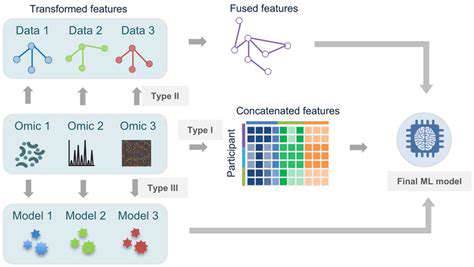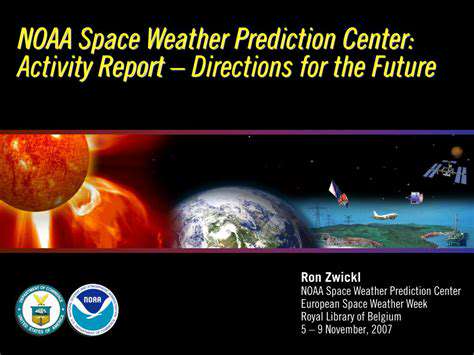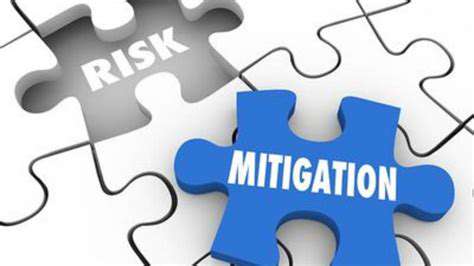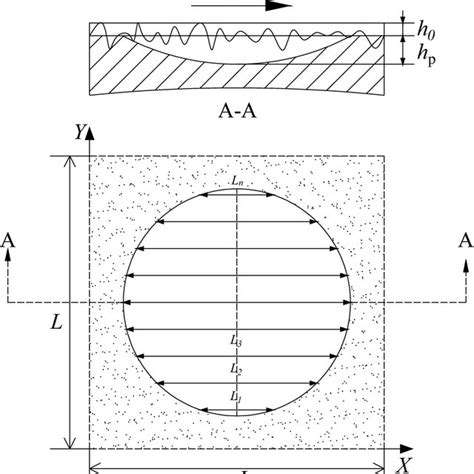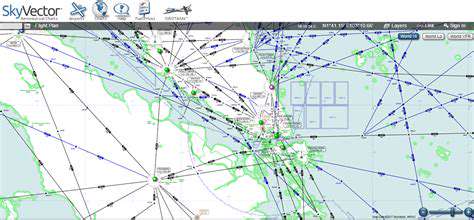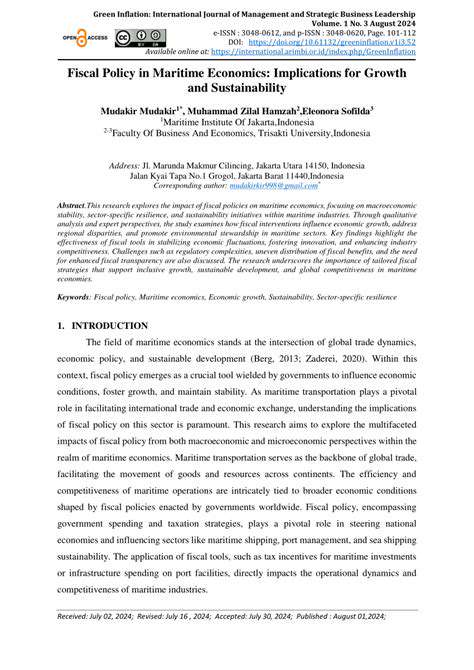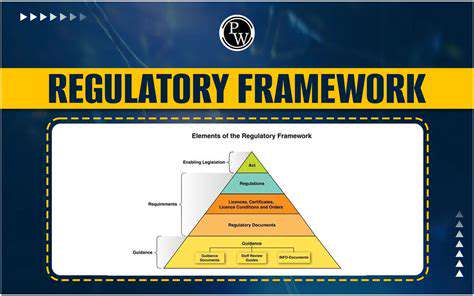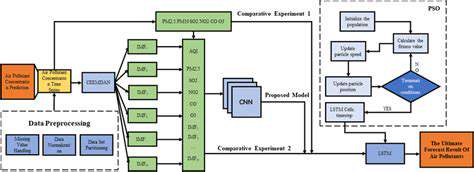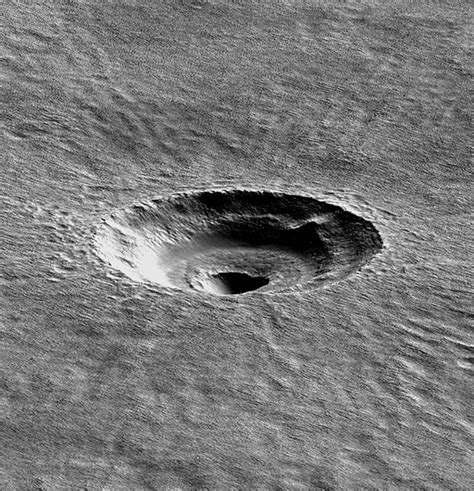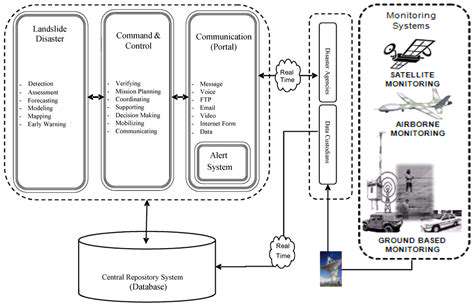
Utilizing Satellite Data for Landslide Susceptibility Modeling
Satellite Imagery Analysis for Landslide Hazard Assessment
Satellite imagery, with its high spatial and temporal resolution, provides a valuable tool for monitoring and analyzing land surface characteristics. This data is crucial for identifying potential landslide-prone areas by mapping slope gradients, vegetation cover, soil moisture, and other critical factors influencing landslide susceptibility. Analyzing historical satellite imagery allows for the identification of past landslide events and the characterization of the associated geomorphic features, providing crucial insights into the mechanisms and triggers of these events. This analysis forms the foundation for developing accurate landslide susceptibility models.
Different types of satellite imagery, such as optical imagery (e.g., Landsat, Sentinel-2) and radar imagery (e.g., ALOS PALSAR, Sentinel-1), each offer unique advantages. Optical imagery captures the visible and near-infrared portion of the electromagnetic spectrum, enabling the identification of vegetation cover, land use changes, and surface alterations, which can be critical indicators of landslide susceptibility. Radar imagery, on the other hand, is unaffected by cloud cover and can penetrate vegetation, offering crucial insights into topography, surface roughness, and subsurface conditions, which are often hidden from optical imagery.
Developing Landslide Susceptibility Models using Satellite Data
Landslide susceptibility modeling utilizes satellite data to quantify the probability of a landslide occurring in a specific area. This process often involves combining satellite imagery with other geospatial data, such as digital elevation models (DEMs), geological maps, and historical landslide inventory data. Sophisticated algorithms and statistical methods are applied to establish relationships between various factors and the occurrence of landslides. This crucial step allows for the identification of areas with elevated landslide risk, enabling targeted mitigation and hazard management strategies.
Integration of Satellite Data with Other Geospatial Information
The power of satellite data lies in its integration with other geospatial datasets. Combining satellite imagery with topographical data, geological information, and historical records of landslides significantly enhances the accuracy and reliability of susceptibility models. Digital elevation models (DEMs), derived from satellite-based elevation measurements, provide crucial information on slope angles, aspect, and terrain roughness, which are key factors in landslide initiation and development. Geological maps can illuminate the presence of weak rock layers or unstable geological formations, further refining the understanding of landslide triggers and potential failure zones.
Furthermore, integrating historical landslide inventories provides a crucial benchmark for validating the developed susceptibility models. By comparing the model's predictions with the actual locations of past landslides, the accuracy and reliability of the model can be assessed and improved. This iterative process of data integration and model refinement is essential for creating robust and effective landslide susceptibility models that support informed decision-making in land use planning and disaster risk reduction.
Analyzing Slope Stability and Topographical Factors
Understanding Slope Angle and its Impact
Slope angle is a critical factor in slope stability analysis. Steeper slopes are inherently more susceptible to landslides due to the reduced frictional resistance between the soil and the slope face. A slope angle exceeding a certain critical value, specific to the soil type and geological conditions, significantly increases the risk of mass movement. Understanding the local topography and the variations in slope angle across a region is crucial for identifying areas at high risk. This detailed analysis often involves using geospatial data and advanced topographical modeling techniques, providing a foundation for comprehensive landslide risk assessments.
Furthermore, the rate of change in slope angle (slope gradient) is also a key consideration. Rapid changes in slope angle can create stress concentrations within the slope material, potentially leading to localized failures. Identifying these areas of high stress concentration is paramount to predicting the potential for landslides. This understanding is essential for implementing effective mitigation strategies and for developing comprehensive landslide hazard maps.
Role of Soil Type and Geological Conditions
The type of soil present significantly influences slope stability. Clayey soils, for example, are known for their high water absorption capacity and low shear strength, making them particularly vulnerable to landslides, especially during periods of heavy rainfall. Understanding the specific geological formations, including the presence of faults, fractures, and bedding planes, is equally important. These geological features can act as preferential pathways for water infiltration and can weaken the slope material, ultimately increasing the risk of landslides. Analyzing the geological composition and structure of the slope is therefore an essential step in assessing landslide risk.
Geological conditions like the presence of weak layers within the slope material can significantly reduce the shear strength of the slope. These weak layers can act as failure planes, facilitating the movement of soil and rock. Proper identification of these layers, through geological mapping and soil testing, is crucial for accurate landslide risk assessment and the development of targeted mitigation measures. The presence of voids, cavities, and karst topography also plays a critical role in slope stability and must be accounted for in risk assessments.
Influence of Rainfall and Groundwater
Rainfall is a major trigger for landslides. Heavy rainfall saturates the soil, reducing its shear strength and increasing the pore water pressure within the slope material. This increased pore water pressure can significantly destabilize the slope, leading to landslides. Understanding the rainfall patterns in the region, including the intensity and duration of rainfall events, is crucial for predicting landslide occurrences. Analyzing historical rainfall data and developing models that predict future rainfall patterns are essential tools for landslide risk assessment.
Groundwater levels also play a crucial role in slope stability. High groundwater levels can increase pore water pressure, weakening the slope and making it more susceptible to landslides. Changes in groundwater levels, driven by factors like seasonal variations in rainfall or human activities, can significantly alter the stability of slopes. Monitoring groundwater levels and understanding the relationship between groundwater and slope stability are essential for accurate prediction of landslide risks. This includes understanding the impact of human activities that may alter the local water table.
Analyzing the interaction between topography, soil type, geological structure, and hydrological factors is essential for developing effective landslide risk mitigation strategies. Incorporating these factors into models and assessments enables the development of targeted solutions to reduce the threat of landslides and protect communities and infrastructure.
